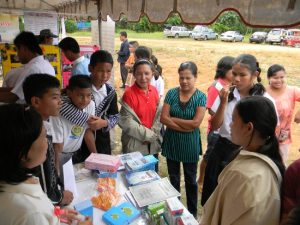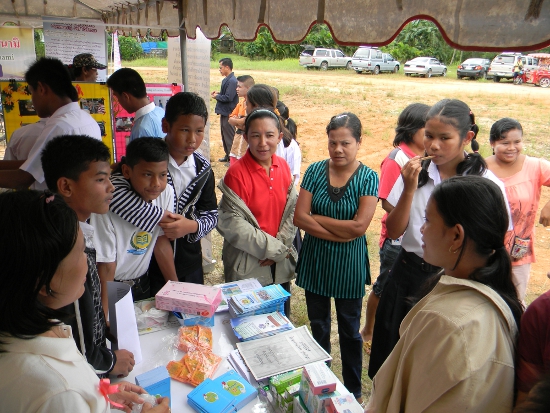Juri-chai – In Mon State, the number of children infected with dengue fever has dramatically increased since June, especially for those between the ages of three and ten. Likewise, the number of patients seeking emergency treatment in hospitals has gone up, according to State’s Candidate Dr. Aung Nai Oo.

Even children in metropolitan Moulmein, the capital of Mon State, who are rarely affected by dengue fever have become susceptible to the outbreak. There is a high rate of infection in Ye, Thabyuzayat, and Moulmein Townships and the surrounding villages of Paung Township, said Dr. Aung Nai Oo.
A resident of Lamine Sub-township, Northern Ye Township, said, “Now, children in nearly every house have suffered from dengue fever. The children in my house have been infected in succession. Some children have yellow skin and diarrhea.”
In each ward of Mon State, health departments and ward authorities are jointly organizing public speeches on dengue fever prevention and the elimination of mosquito reproduction.
Dengue fever in children is common during the rainy season between June and August. In 2001 and 2004, the disease killed several children in Mon State hospitals and clinics.
The signs and symptoms of dengue fever are sudden-onset fever within three to ten days of being bitten, accompanied by headache, nausea, muscle and joint pain, dizziness, and rash.
Dengue fever is spread through bites from the Aedes aegypti mosquito, the main carrier of the disease.

